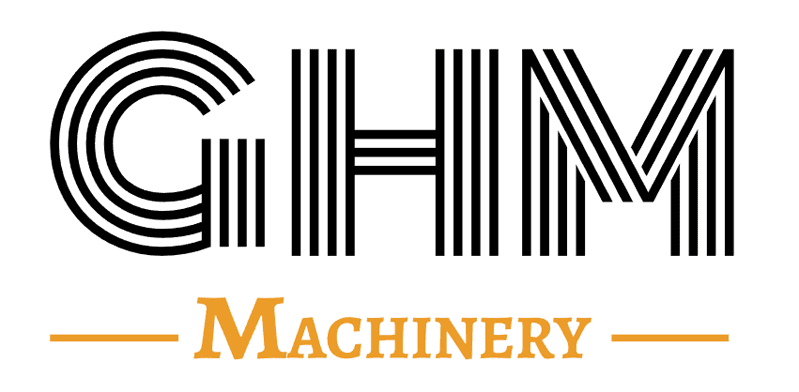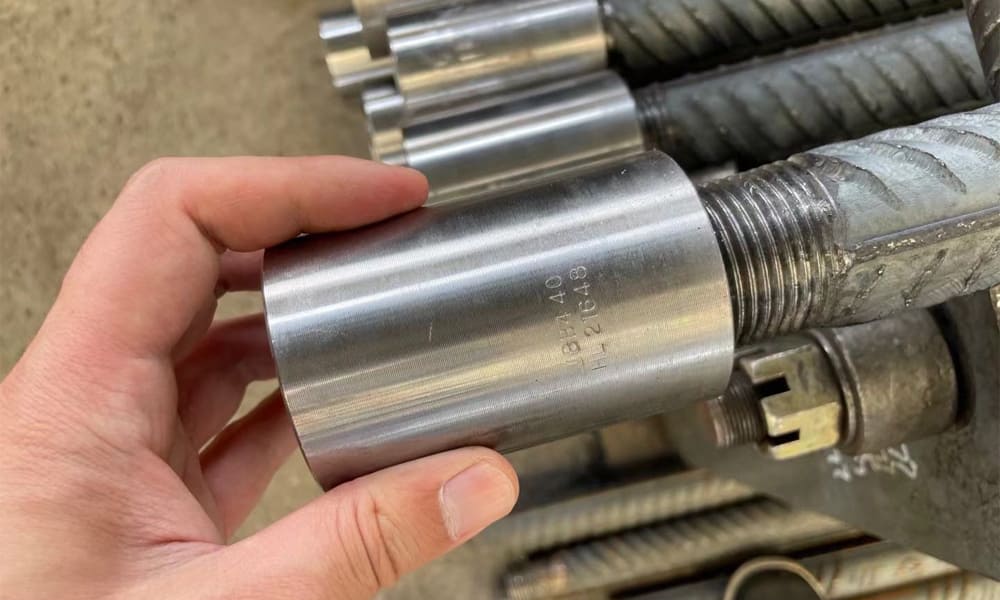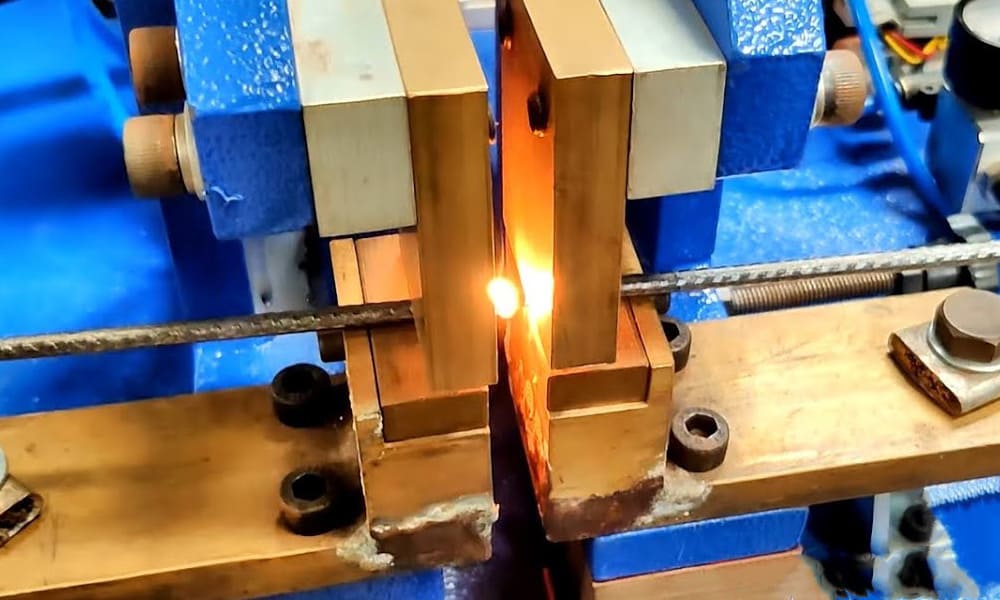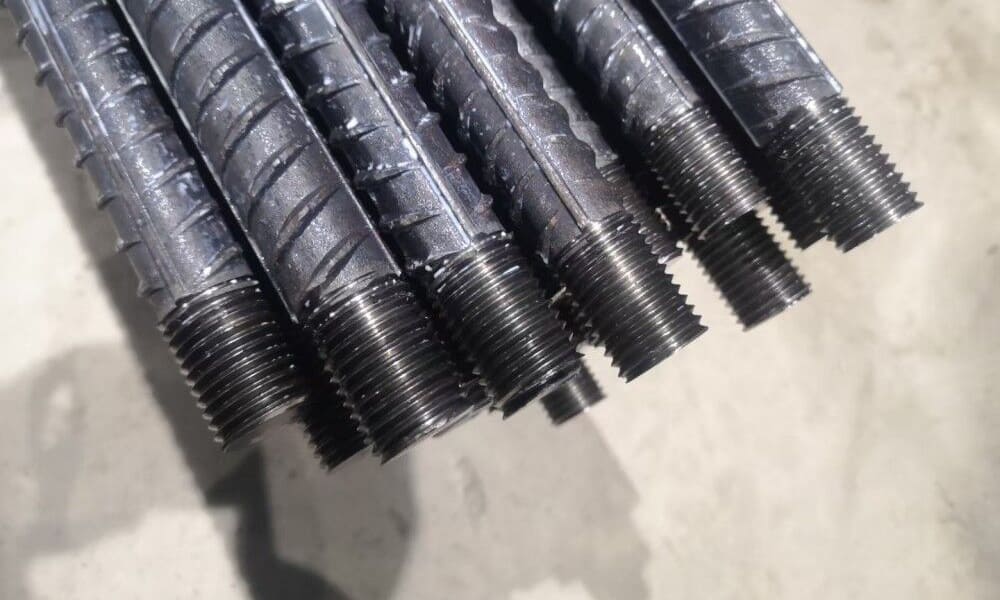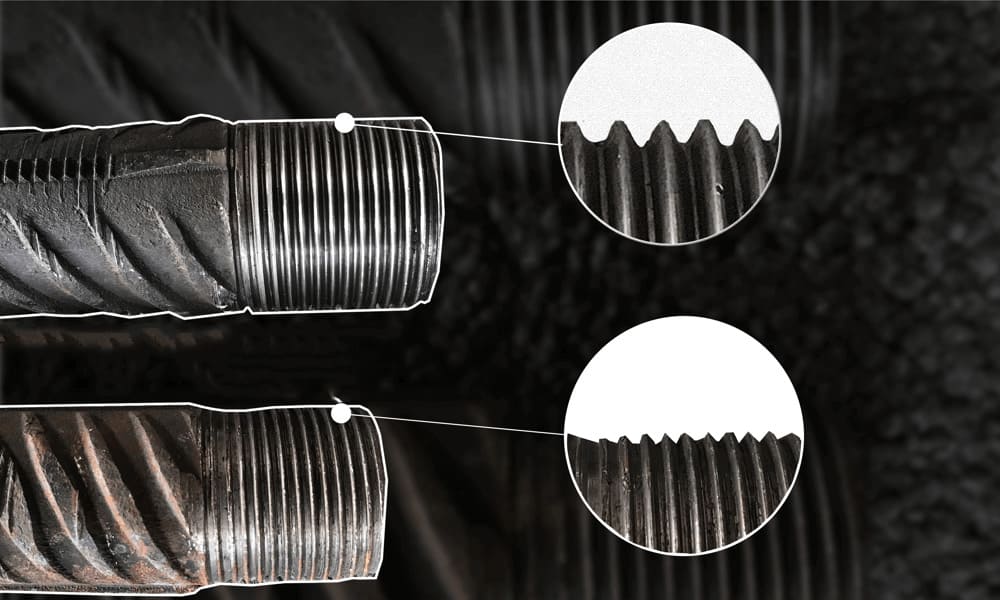Steel Rod Threading Machine is a specialized device used to create threaded ends on rebar for connecting and reinforcing steel structures. It works by rotating and pressing the rebar, forming precise threads that are joined using threaded steel sleeves. Selecting the right rebar threading machine for your project is crucial for ensuring efficient operation and high-quality results. In this guide, we’ll walk you through the key aspects to consider when choosing a rebar threading machine.
1. Understanding the Working Principle
The working principle of a Steel Rod Threading Machine is based on the mechanical processes of rotation and pressing. The machine uses a motor to drive a roller or threading tool, which rotates at high speed while a pressing device firmly holds the rebar in place and advances it. Through the combined effects of rotation and pressing, the machine forms continuous threads on the rebar’s surface. These threads can then be connected using matching threaded steel sleeves, resulting in a strong, reliable connection.
2. Key Components of a Rebar Threading Machine
To choose the right machine, it’s essential to understand its main components and their roles:
- Motor: Provides the power required for thread processing.
- Reducer: Adjusts the speed and torque to ensure smooth operation.
- Rollers and Guide Plates: Maintain the stability and accuracy of the rebar during the threading process.
- Processing Tools: Directly responsible for cutting threads on the rebar surface.
- Control System: Allows operators to monitor and adjust the processing parameters.
A robust and well-built threading machine should have high-quality components that ensure smooth, stable performance and long-term durability.
3. Evaluating the Functions and Features
When selecting a rebar threading machine, consider the following features to match your project requirements:
Processing Range
Different models are designed to handle varying steel bar diameters and lengths. The typical processing range is between 14mm and 40mm in diameter, but you should verify this based on your project specifications. For instance, some models are optimized for:
- Threading Diameter Range: 14mm–40mm
- Main Motor Power: 5.5 kW for standard processing tasks
Understanding your project’s diameter and length requirements will help you choose a machine that suits your needs.
High Processing Efficiency
Rebar threading machines can operate in automatic or semi-automatic modes, significantly boosting processing speed and reducing manual labor. If your project involves high-volume rebar threading, look for machines that support automated operations to improve efficiency.
High Processing Quality
A good machine produces precise, smooth thread shapes that meet the industry standards for connection strength and quality. Choose a machine that ensures even thread formation, which is crucial for maintaining the integrity of the rebar connections.
Selecting the Right Thread Rolling Wheel
Thread rolling wheels come in different sizes based on the diameter of the steel bar being processed. It’s essential to choose the correct rolling wheel for optimal threading performance. Here are a few examples:
- Outer Diameter: φ78.2 – Suitable for steel bars with diameters ranging from 16mm to 28mm (pitch: 2.5mm)
- Outer Diameter: φ69.4 – Suitable for steel bars with diameters ranging from 28mm to 32mm (pitch: 3.0mm)
- Outer Diameter: φ59 – Suitable for steel bars with diameters ranging from 32mm to 42mm (pitch: 3.5mm)
Always ensure that the machine and its accessories are compatible with your steel bar specifications.
Ease of Operation
Look for machines that feature a simple and intuitive interface. A well-designed machine should be easy to operate, reducing the need for highly skilled labor. Features like automated controls, preset settings, and user-friendly interfaces are essential for smooth operation and quick training of operators.
4. Safety and Maintenance Considerations
Safe Operation
Before using a rebar threading machine, ensure that the working area is safe, the equipment is in good condition, and the power supply is stable. Always follow the manufacturer’s safety guidelines and wear appropriate protective equipment to avoid accidents.
Regular Maintenance
Proper maintenance is crucial for extending the machine’s service life and ensuring optimal performance. Routine maintenance tasks include:
- Cleaning debris from the machine components
- Inspecting fasteners for tightness and wear
- Replacing worn parts such as rollers and cutting tools
A well-maintained machine will deliver consistent results and reduce the risk of unexpected downtime.
5. Choosing the Right Model Based on Project Needs
To select the best rebar threading machine, consider the following project requirements:
- Type and Diameter of Steel Bars: Make sure the machine can handle the range of steel bar sizes you need.
- Processing Speed and Efficiency: Choose a model that meets your production speed requirements.
- Level of Automation: For large-scale projects, a fully automatic machine will save time and labor.
- Budget and Cost Efficiency: Balance your investment with the machine’s performance, durability, and maintenance needs.
Conclusion
Selecting the right Steel Rod Threading Machine is critical for ensuring high-quality connections and efficient processing in construction projects. By understanding the machine’s working principles, components, functions, and safety features, you can make an informed decision that suits your specific project needs. Choose a reliable machine that offers high precision, ease of use, and low maintenance to achieve the best results for your construction operations.
